What does home look like to you? How does it feel? How many generations of your family have lived in the place you call home or in the place where your soul feels at home? What is the history of your family? Is your home tied to the land? Or is home about the people you are with at any given place or time?
We visited Mille Lacs Kathio State Park last weekend—over 10,000 acres near the mammoth Mille Lacs Lake. The park is a National Historic Landmark District. The early French explorer known as Duluth was the first European to accurately record a visit to this area in 1679. He found permanent established villages of the greater Dakota nation band known as the Mdewakanon who lived near Mdewakan, the Spiritual or Sacred Lake, now known as Mille Lacs. This area known as Kathio has been home to the Dakota and later to the Ojibwe people for over 9,000 years. (Stone tools and spear points were found at a site that was radiocarbon tested.) 9,000 years—how many generations of Dakota and Ojibwe people have lived here?! It has been the site for archaeological digs for over a century with 30 separate sites identified thus far. It was the perfect place to call home with forests, lakes, rivers, plentiful food sources and other natural resources.
We began our day by climbing the observation tower to get a bird’s eye view of the park and surrounding lakes.
Loggers removed most of the red and white pine forest in the mid 1800’s, and now most of the trees are oaks, maples, aspen, and birch.
Three large lakes connected by the Rum River could be seen from the tower, the largest being Mille Lacs Lake.
It was a beautiful day for hiking—not too hot or buggy. We saw interesting fungi, five-foot-tall ferns, and delicate wildflowers.
While driving through the park in all its wildness, I commented to Chris that it looks like a good home for bears, thinking we weren’t in bear territory. But when we walked through the interpretive center, one of the displays explained that indeed black bears live in the park! Then we came across this tree on one of the hiking trails—looks like bear activity to me!
The swimming beach at the picnic area was a man-made pool not far from the banks of the Rum River. The only one wading in it was a Great Blue Heron!
In 1965, Leland Cooper of Hamline Universary was sent to survey areas of Mille Lacs Kathio State Park. The site that was later named after him was excavated a year later by Elden Johnson of the University of Minnesota. The Cooper site showed that the ancient Native people lived there from about 500 to the 1700’s. Summer and winter homes, a log pallisade wall, and ricing pits were discovered along with arrow points, stone tools, pottery, and trade goods, including glass beads and Jesuit rings–metal finger rings that French missionaries of the late 1600’s gave to the villagers. This is what the Cooper site looks like today:
Ogechie Lake is a long, narrow, shallow lake that for thousands of years has produced wild rice for waterfowl and the people who made their home along its shores. In the mid 1950’s a dam was built at the south end of the lake to keep the water levels high in Mille Lacs Lake for fishermen. This basically flooded the Ogechie rice crop for decades with little to no production. Two years ago, a new, lower dam was built, and the wild rice or manoomin is coming back so the present day Ojibwe can once again harvest the ancient food.
The land my grandparents called home in South Dakota has been in the family for three and four generations now—it seems like such a long time. But consider the 360 or more generations of Dakota and Ojibwe who have called the Mille Lacs Kathio region home! Home to me is the prairie, rolling hills of pasture, sloughs full of geese, memories of my family. But there is also a connection to Scandinavia where all my ‘native’ ancestors lived. Home to the Ojibwe of Mille Lacs is ‘thousands of lakes’ with fish and wild rice, forests of hard woods and conifers, wild animals and birds, traditions and stories of their ancestors. When we look from a bird’s eye view at our own lives in the long history of our ancestors, what do we see? Were there huge changes to where or what home was? If we are the descendants of immigrants, refugees, or slaves, that would be true. What is the ‘river’ that runs through all those generations, connecting them and us? How do we wade through new waters to make our home? We each have our own definition of what home looks like to us, but this I know: The land matters. History matters. People matter.
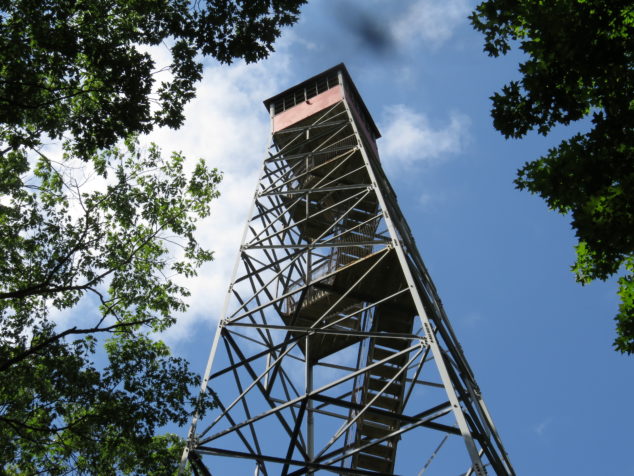
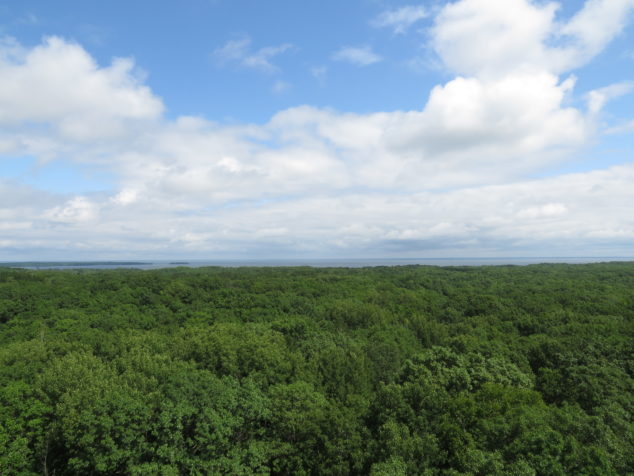
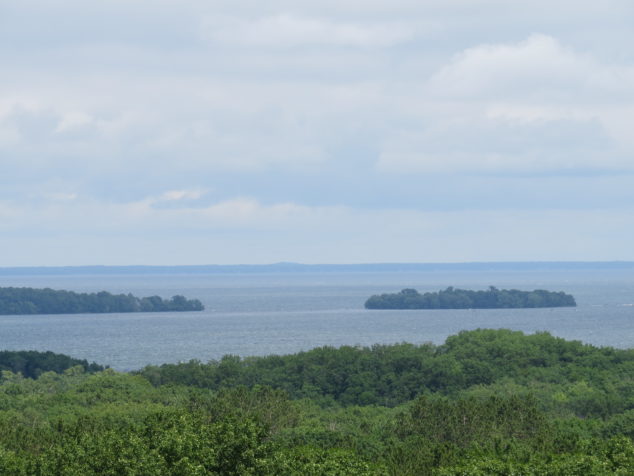
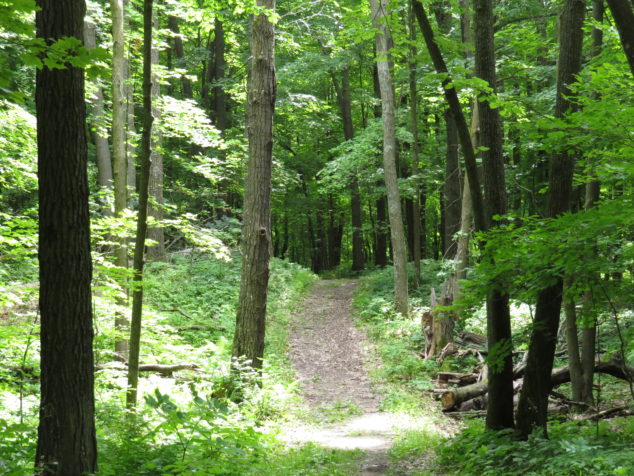
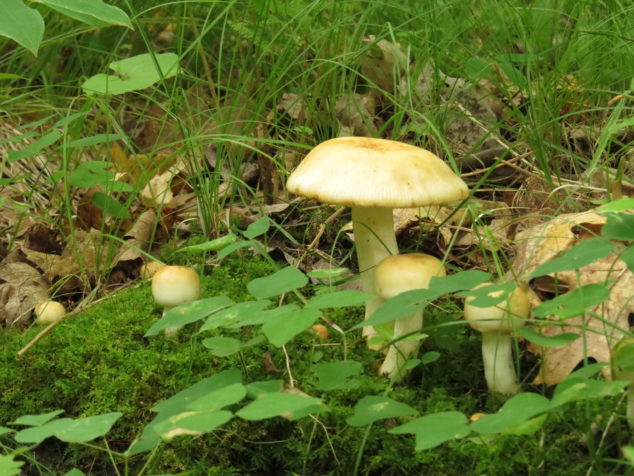
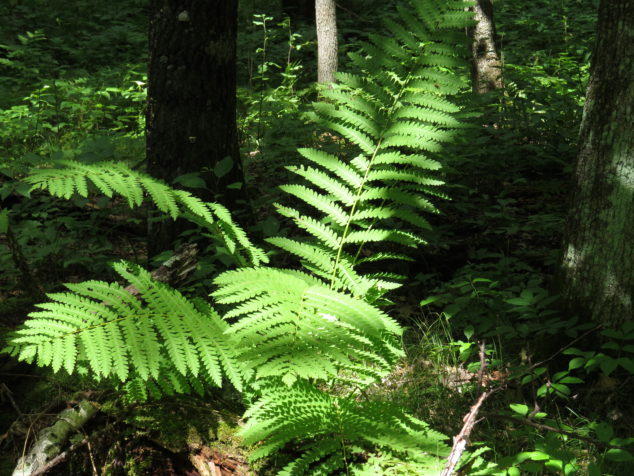
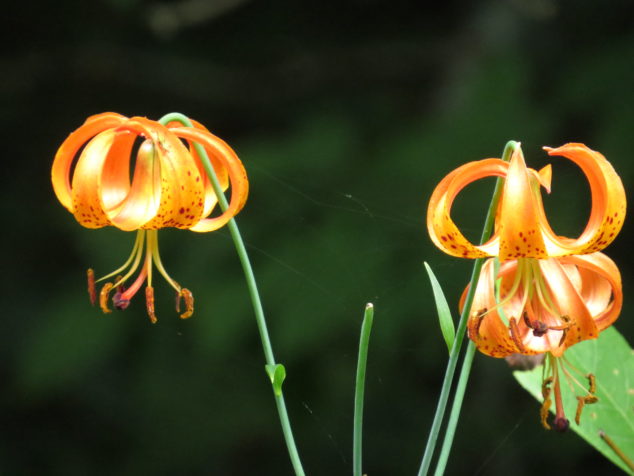
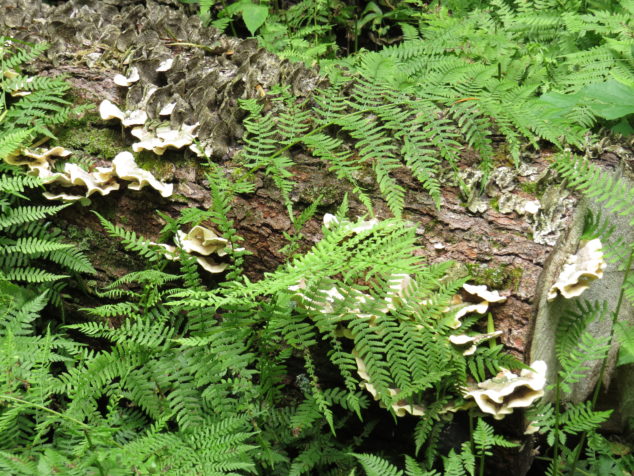
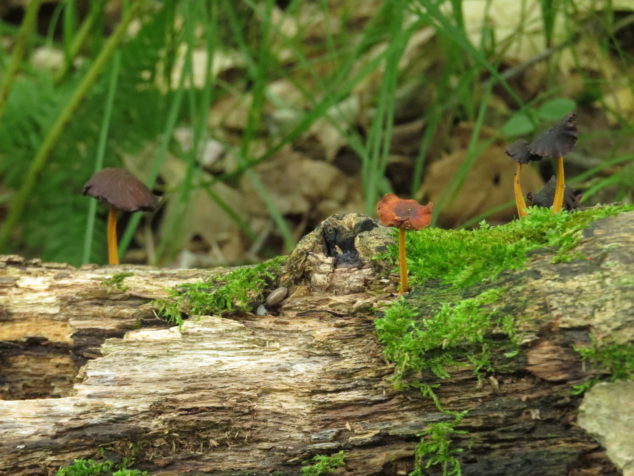
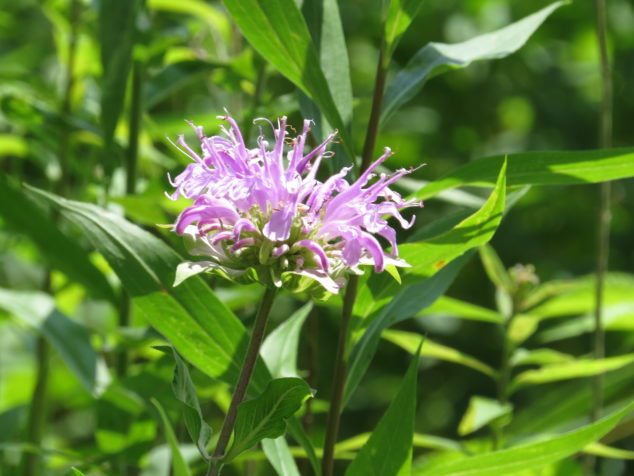
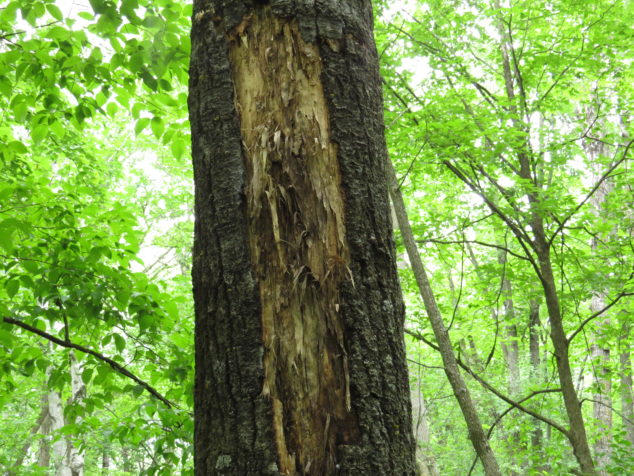
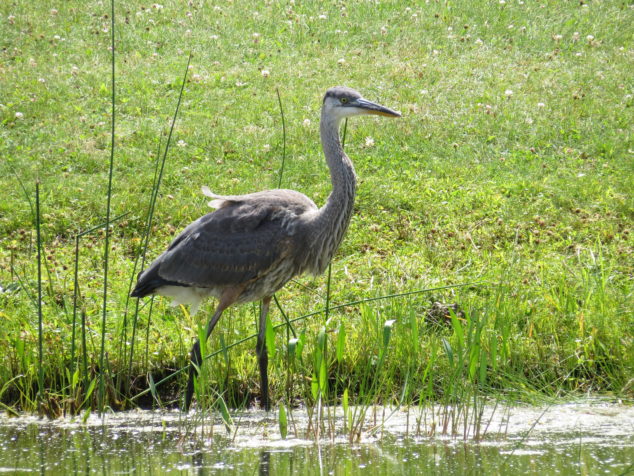
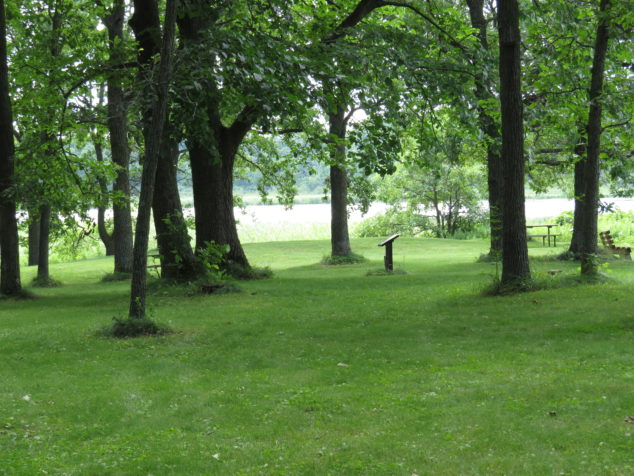
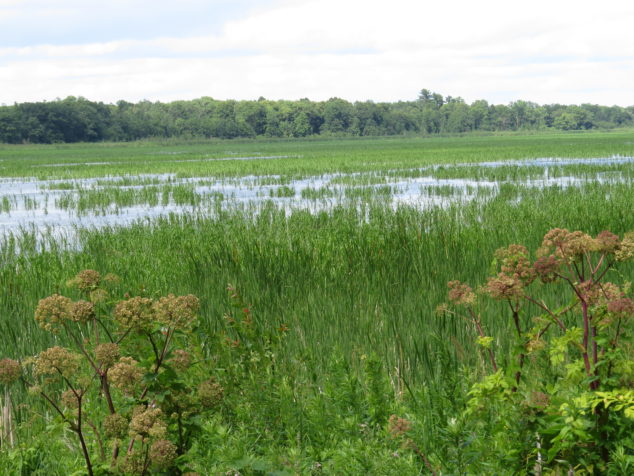
What perfect timing. We are moving Mom to Salt Lake City on Monday. It will probably be one of last times I’m in South Dakota. The prairie is home for me too. I always breathe a little easier when I can see all the way to the horizon.
I may not read all your blogs but I thoroughly enjoy the ones I read. I appreciate all the time and effort you spend on each and every one. A labor of love.
Wow, Barb, that is a big move for your Mom, but there is something about the prairie, isn’t there? I’m sad to think you may not be back again. Good luck to all of you with the transition. Thanks, Barbie.